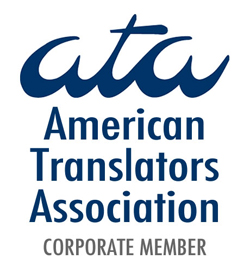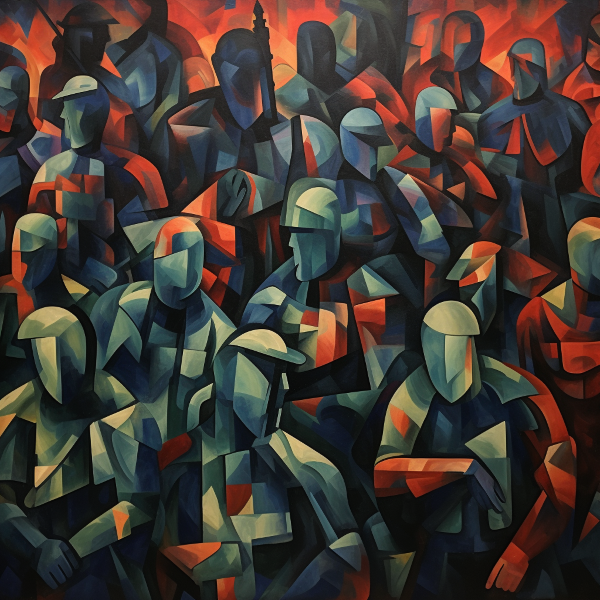
We also accept payments via Paypal
Huri Translations
Tel. +689 89 205 483
info@huri-translations.pf
PO BOX 365 Maharepa
98728 Mo'orea
French Polynesia
N°TAHITI 876649
Subscribe to our newsletter


The work of Owen L. Conner, the museum’s curator, and organizations like History Flight Inc. in recovering and preserving these artifacts mirrors the Tongan effort to maintain their cultural heritage through names. Just as the museum’s artifacts offer a tangible connection to the sacrifices of the past, so do the named objects in Tonga connect its people to their ancestors and their history.
Stories of naming items from different parts of the Pacific highlights the universal human practice of using names to remember, to honor, and to keep history alive. Whether it's through the names on war memorials or the names bestowed upon cultural artifacts, these practices serve as a powerful reminder of our shared humanity and the enduring impact of our histories.

In the Pacific, names hold power. Whether in the cultural heritage of Tonga or on the battlefields of World War II. The Washington Post’s journalist Michael E. Ruane once wrote about the acquisition by the US National Museum of the Marine Corps of World War II artifacts from Tarawa, Kiribati, including three wooden crosses bearing names of fallen Marines. His article intersects with the Tongan tradition of imbuing names with historical and spiritual significance.
"these named objects become artefacts, tokens of defense, courage and sacrifice"
The crosses, relics from Tarawa, where over 1,000 Marines perished in 1943, bear witness to the chaos and tragedy of war. They share a common thread with Tongan naming practices, where battlefield objects like ‘akau tau (war clubs) and kie hingoa (named mats) are named to show might, history, genealogy, and personal stories. The names on the Tarawa crosses – Robert W. Hillard, Clarence S. Hodgson, and Bernard A. Marble – speak of young lives cut short, of families forever altered. Similarly, in Tonga, names given to objects or ceremonial mats weave stories of lineage, battles, and social status that bridge generations. Whether the battle is won or lost, these named objects become artefacts, tokens of defense, courage and sacrifice.
The Legacy of Names: From Tongan Culture to WWII Remembrance
